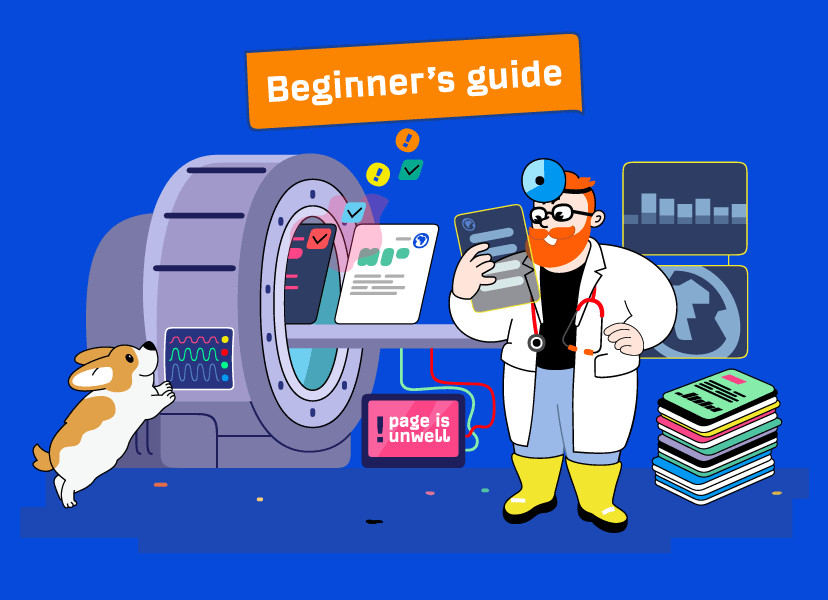A Beginner's Guide to On-Page SEO
 Barack Okaka Obama
Barack Okaka ObamaTable of contents
- 1. Keywords: The Building Blocks
- 2. Quality Content: The Kingpin
- 3. Page Titles and Meta Descriptions: The First Impression Matters
- 4. URL Structure: Keep it Simple
- 5. Heading Tags: Organize Your Content
- 6. Image Optimization: A Picture Speaks a Thousand Words
- 7. Internal Linking: Connect the Dots
- 8. Mobile-Friendliness: Go Where Your Users Are
- 9. Page Loading Speed: Swift and Smooth
- 10. User Experience: Design with Intent

Search Engine Optimization (SEO) is like giving your website a roadmap for search engines to understand and rank it. On-page SEO, specifically, focuses on optimizing individual pages to enhance their visibility. Let's break down the basics in a way that's easy to grasp.

1. Keywords: The Building Blocks
Keywords are the words people type into search engines. Identify relevant keywords for your content and strategically place them in your page's title, headings, and naturally within the text. Be mindful not to overdo it; readability is key.
2. Quality Content: The Kingpin
Create content that's not only informative but engaging. Search engines love fresh, valuable content. Aim for clear headings, short paragraphs, and don't forget to include your target keywords naturally.
3. Page Titles and Meta Descriptions: The First Impression Matters
Craft compelling titles that accurately represent your content. Your meta description is like a teaser – a brief summary that entices users to click. Include keywords but keep it concise and enticing.
4. URL Structure: Keep it Simple
Make your URLs easy to read. A clean, concise URL gives both users and search engines a quick overview of what to expect on the page. Include relevant keywords but avoid unnecessary complexity.
5. Heading Tags: Organize Your Content
Use headings (H1, H2, H3, etc.) to structure your content. This not only helps readers navigate but also assists search engines in understanding the hierarchy of information. Again, incorporate your keywords naturally.
6. Image Optimization: A Picture Speaks a Thousand Words
Optimize images by using descriptive file names and adding alt text. This not only helps with accessibility but also provides additional context for search engines.
7. Internal Linking: Connect the Dots
Link relevant pages within your website. Internal linking helps distribute page authority and guides users to more content, enhancing their overall experience.
8. Mobile-Friendliness: Go Where Your Users Are
Ensure your website is mobile-friendly. With more users accessing the internet through mobile devices, Google prioritizes mobile-responsive sites. Test your site's mobile compatibility to cater to a broader audience.
9. Page Loading Speed: Swift and Smooth
Optimize your website's loading speed. Users and search engines prefer speedy sites. Compress images, leverage browser caching, and consider a reliable hosting service to enhance your page's loading time.
10. User Experience: Design with Intent
Create a user-friendly experience. An intuitive design, easy navigation, and engaging content keep visitors on your site longer, signaling to search engines that your content is valuable.
Remember, SEO is an ongoing process. Stay updated on industry trends, adapt your strategies, and consistently provide quality content. With these on-page SEO basics, you're well on your way to improving your website's visibility and attracting the audience it deserves.
Subscribe to my newsletter
Read articles from Barack Okaka Obama directly inside your inbox. Subscribe to the newsletter, and don't miss out.
Written by

Barack Okaka Obama
Barack Okaka Obama
Barack Okaka Obama is an internet entrepreneur, SEO specialist and the founder of Rankfasta and Nelogram.